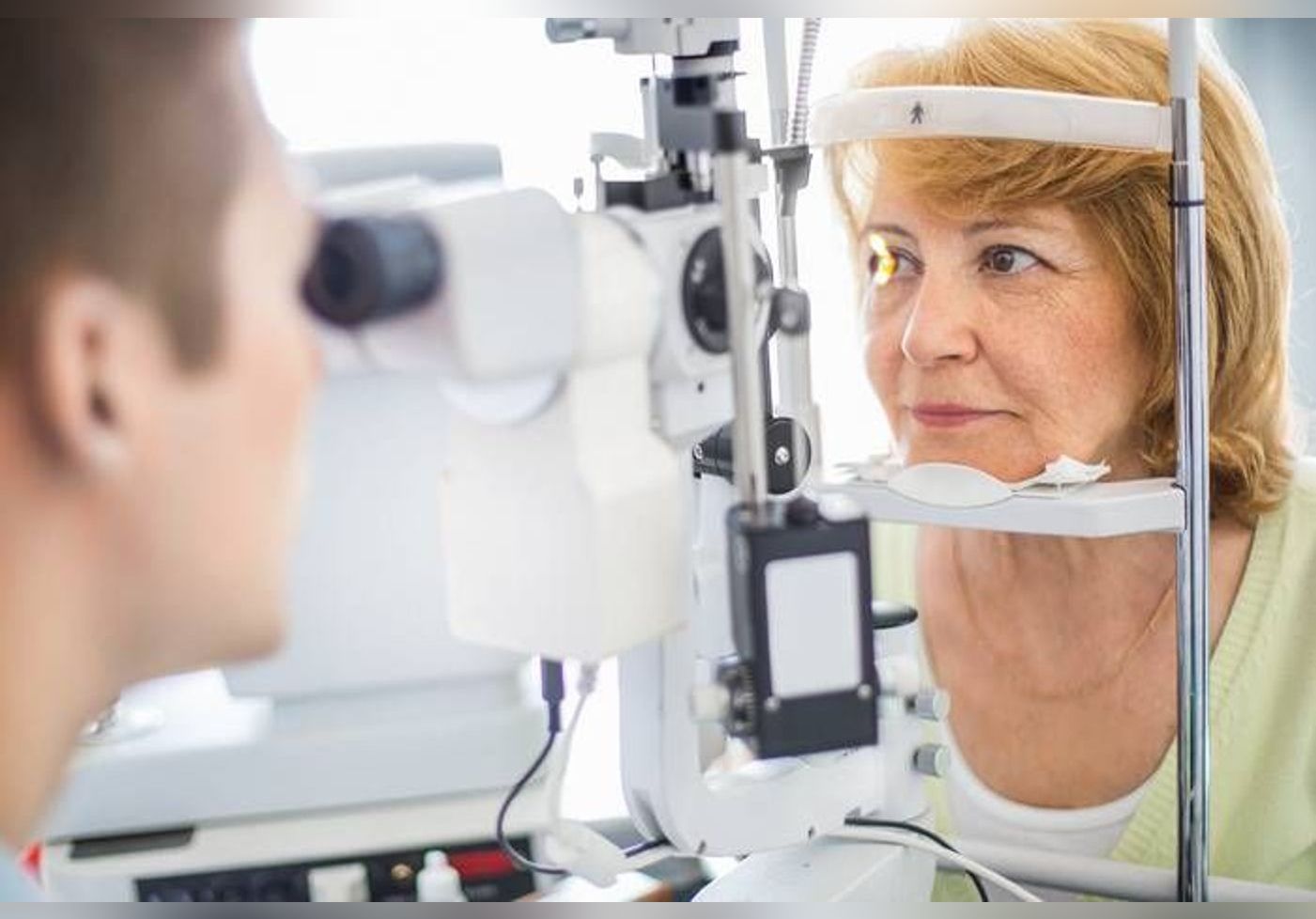Identifying the first signs of the disease that could be targeted by new treatments before symptoms develop is the goal of early diagnosis for a large number of pathologies. This is particularly the case with regard to Age-Related Macular Degeneration (AMD), a degenerative disease of the retina of chronic evolution which affects people over 50, for researchers from the University of Manchester. This disease affects the macular region, that is to say the central area of the retina, causing a progressive loss of central vision, knowing that its first signs are usually discreet and can be neglected, delaying the diagnosis. There are two progressive forms of AMD, the atrophic form (or dry, the most frequent and with slow evolution) and the exudative (or wet) form, the evolution of which can be particularly rapid, which have the same consequences on vision but evolve at different speeds.
If AMD does not cause total blindness, the installation of a dark spot in the center of vision can handicap patients in their daily lives: reading, writing, seeing faces… Scientists have known for a long time that people with certain genes on chromosomes 1 and 10 have a 2-3 times higher risk of developing AMD, although lifestyle factors also play a role. In his published study in the review PNAS, the scientific team explains that they have identified a higher number of “mast cells” (a connective tissue cell that secretes chemical substances involved in the body’s defense reactions) in people’s eyes when one or other of the genes at risk was present even when symptomatic, suggesting a common early mechanism. They also showed that mast cells release enzymes at the back of the eye which then damage structures under the retina which, over time, may damage the retina itself.
On the trail of a treatment for all forms of AMD
The researchers explain that “ mast cells exist in most tissues and are one of the first defenses of the immune system against infections, especially parasitic diseases. Scientists already know that there are more mast cells in the choroid (one of the layers of the lining of the eyeball) in people with AMD. Our study, however, identified higher levels in people before the disease developed. » They add: what’s really exciting is that we’re studying the tissues of people before they show signs of disease. It gives us insight into the very first steps and gives hope that we may be able to prevent vision loss.”. To come to this conclusion, they used healthy human eye tissue, donated post-mortem to the Manchester Eye Tissue Repository, to harvest retinal tissue from the back of the donor’s eyes after the cornea was removed for transplantation.
Also to discover : Here’s how to protect your eyes from screens
The second part of the experiment involved taking a small sample of the macula, the part of the retina responsible for central vision, to analyze for proteins present using a technique called mass spectrometry with the aim of find differences in tissue composition between people with and without this famous genetic risk of AMD. It turns out that the examination identified a series of enzymes made almost exclusively by mast cells. Finally, by examining the tissues of 53 other people, they observed higher levels of these mast cells in patients at higher risk of disease. ” We then need to examine how mast cells are activated, and whether by preventing or suppressing their activation we can slow or stop the development of the disease. Such a discovery, even if more clinical studies are expected, would then make it possible to treat all patients with AMD and thus prevent their vision loss.
Indeed, many current treatments for wet AMD, given regularly (at first, monthly) as intravitreal injections, do not work in people with dry AMD. As the Hospices Civils de Lyon explain on this subject, ” no treatment exists on the market, although some vitamins and food supplements may be recommended to stabilize the process. Quitting smoking is also recommended. “The arrival of a treatment is however eagerly awaited to stabilize this more frequent form of AMD, knowing that it is the first cause of visual impairment in people over 50 years of age. ” Finding a therapy that works for everyone would be an important piece of the puzzle and would make a huge difference in the lives of those affected. concludes the scientific team. It should be noted that all forms combined, Inserm estimates that this disease concerns 8% of the French population, and in particular 25 to 30% of those over 75 years of age.
–


